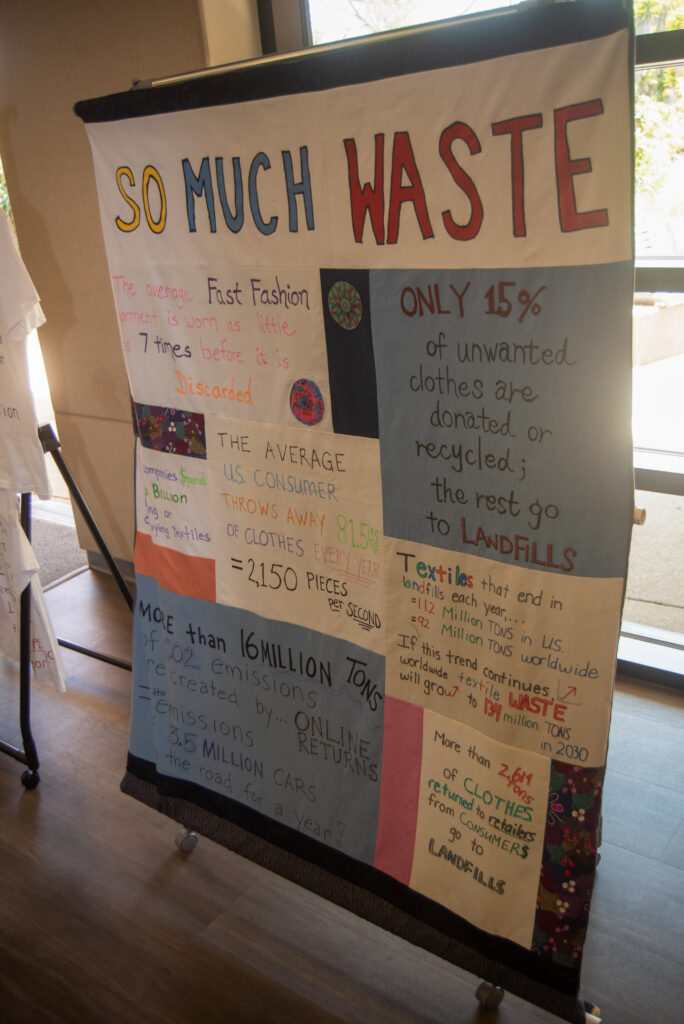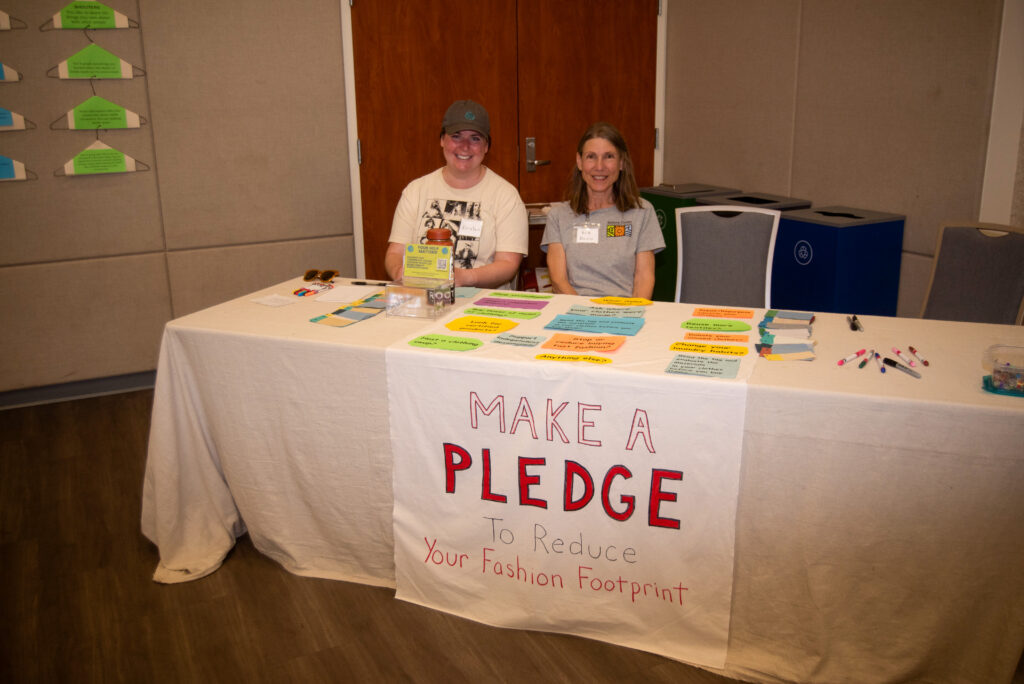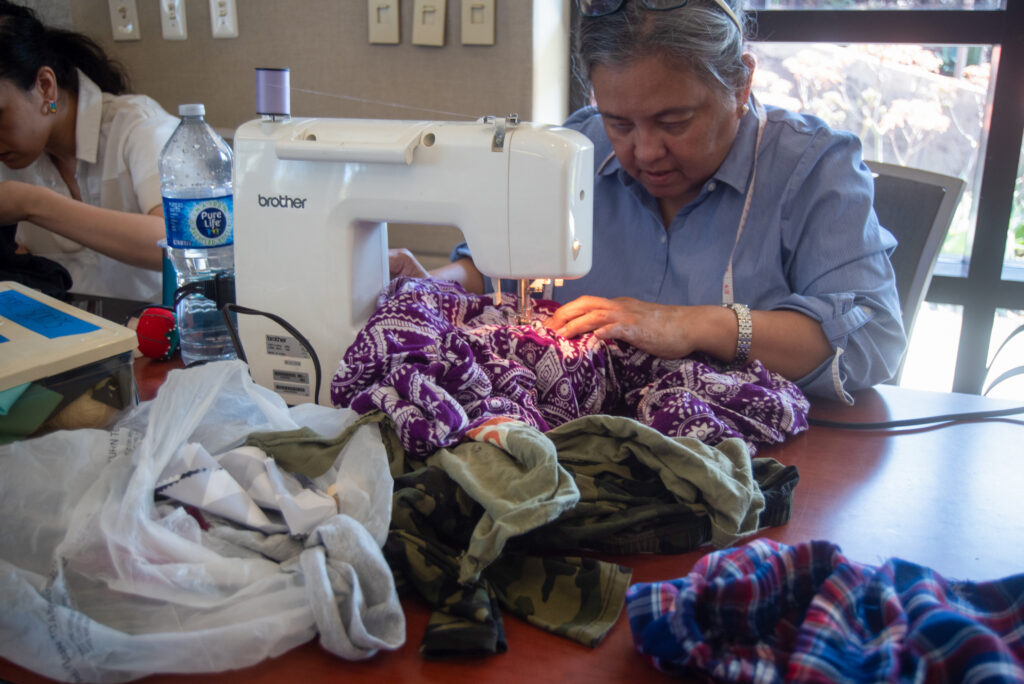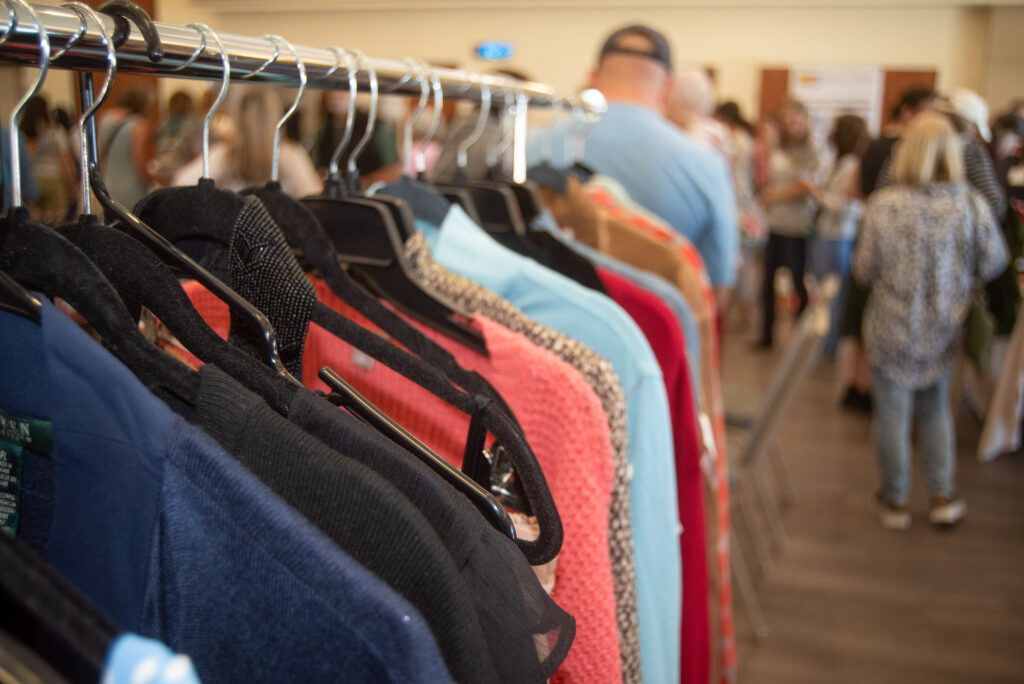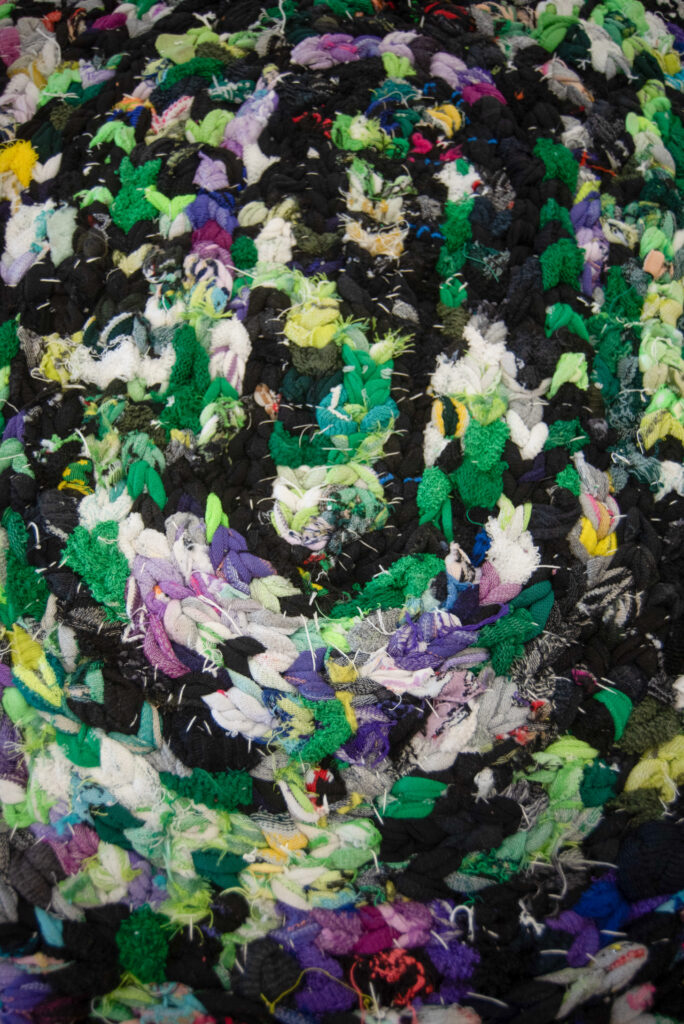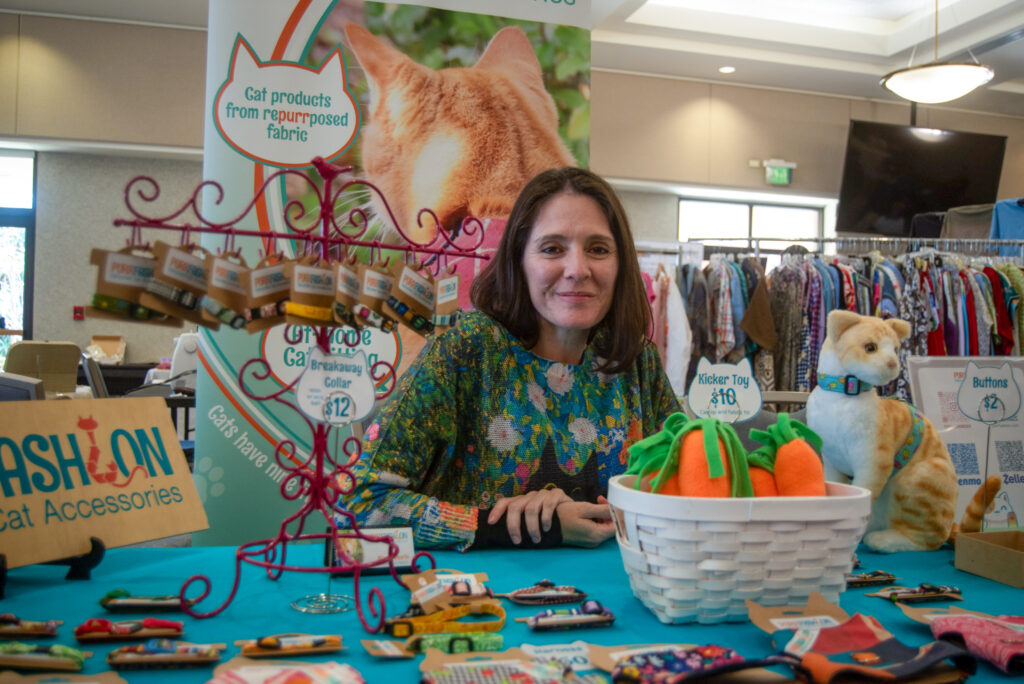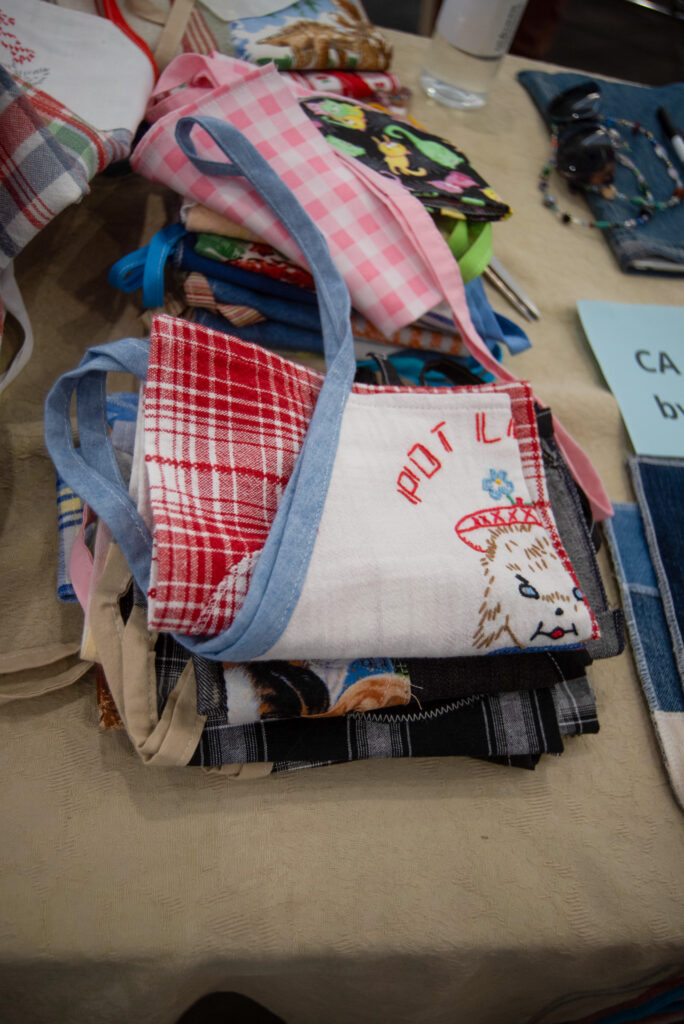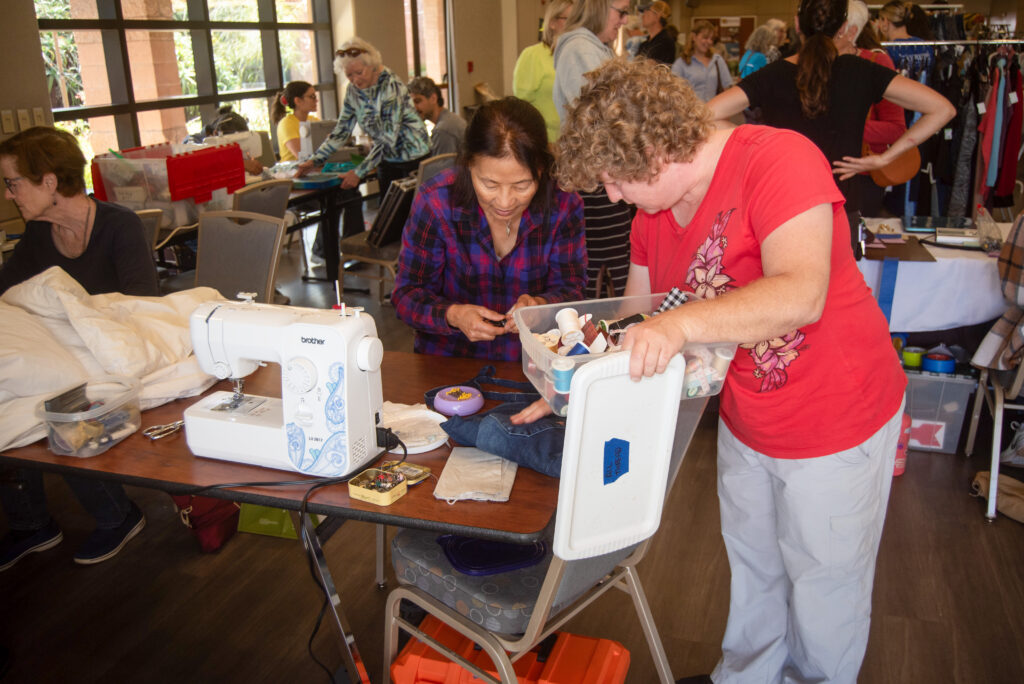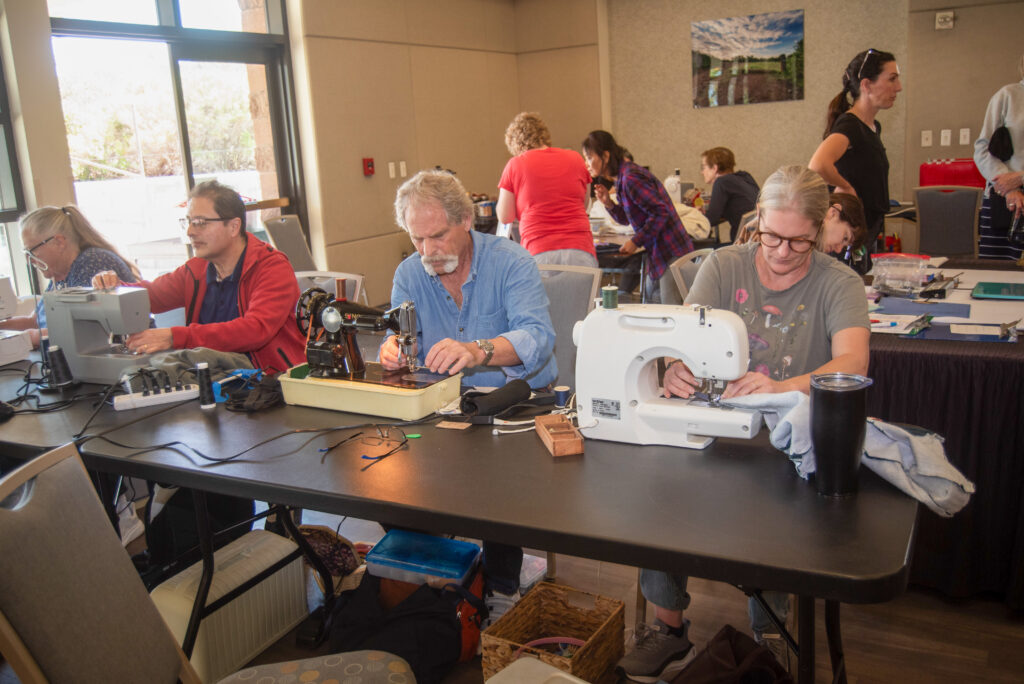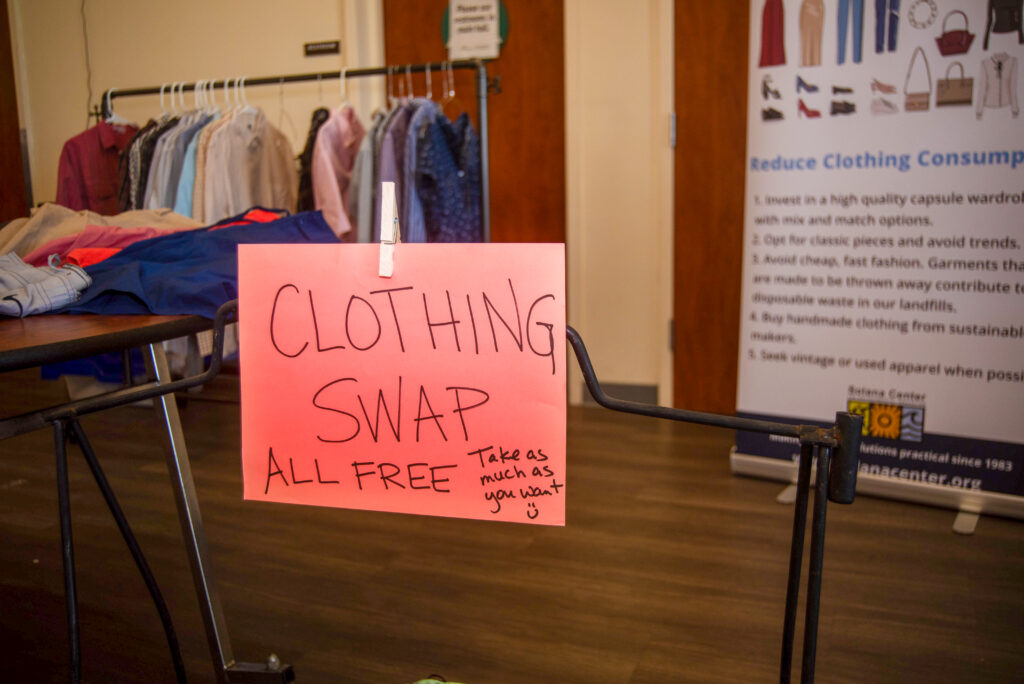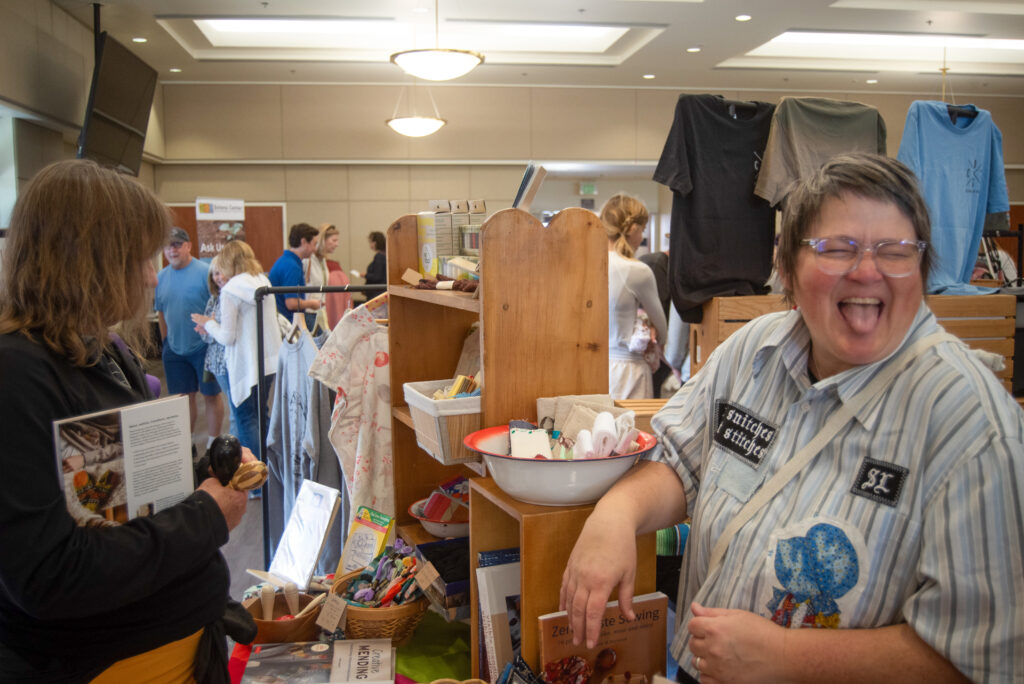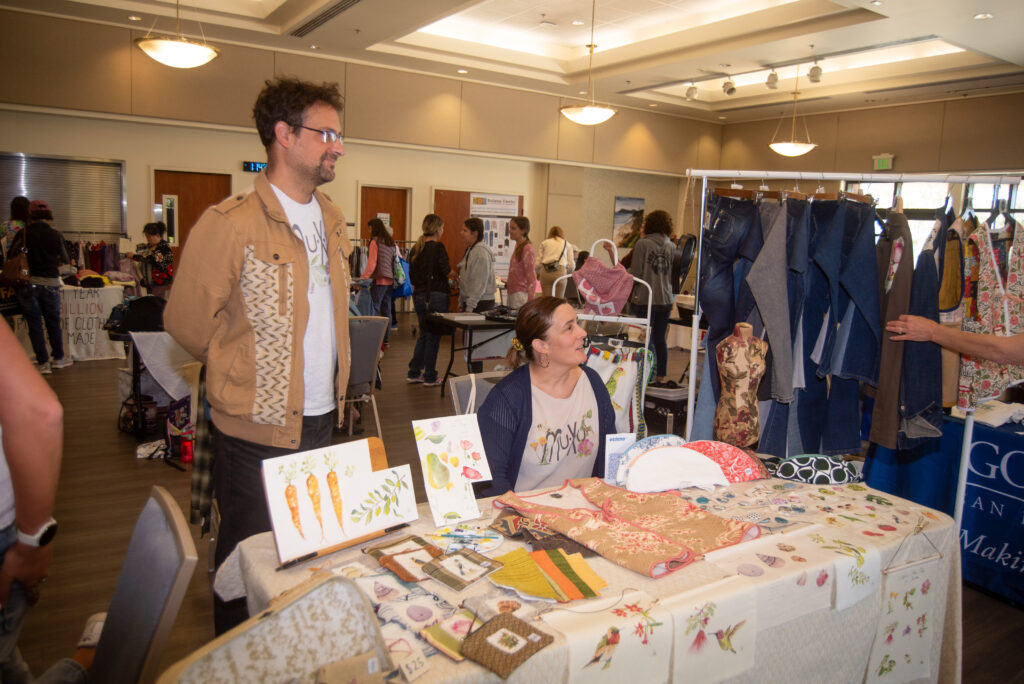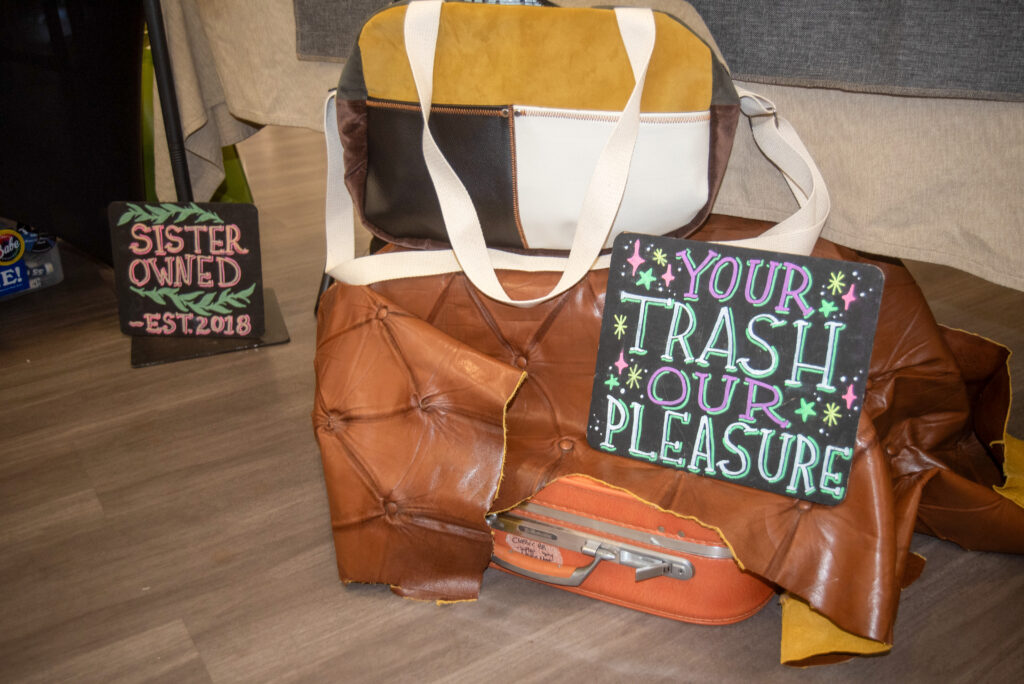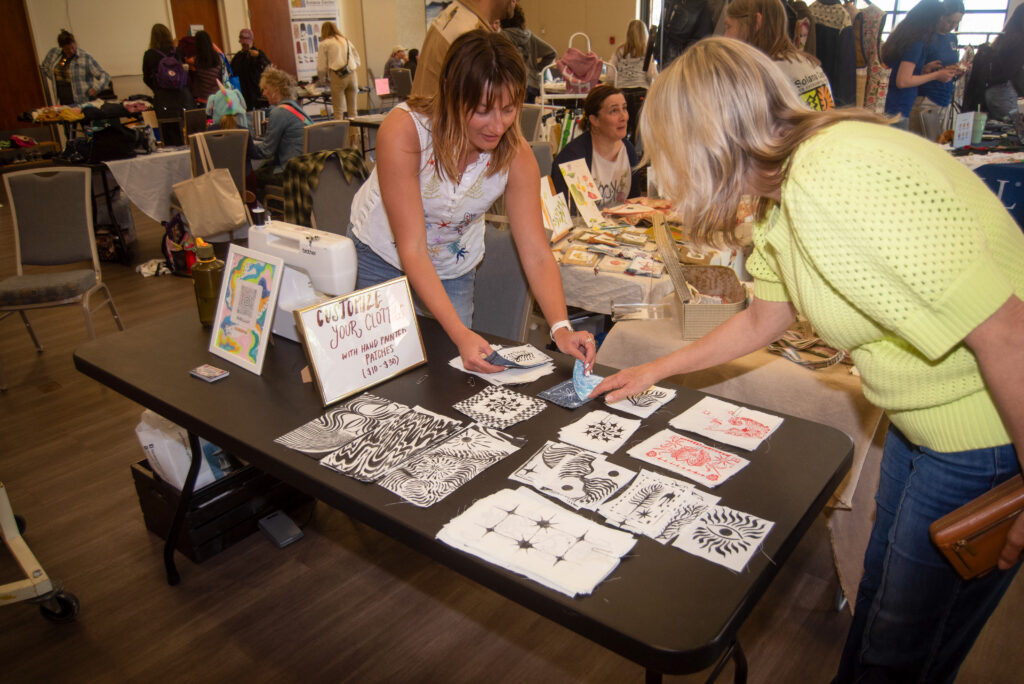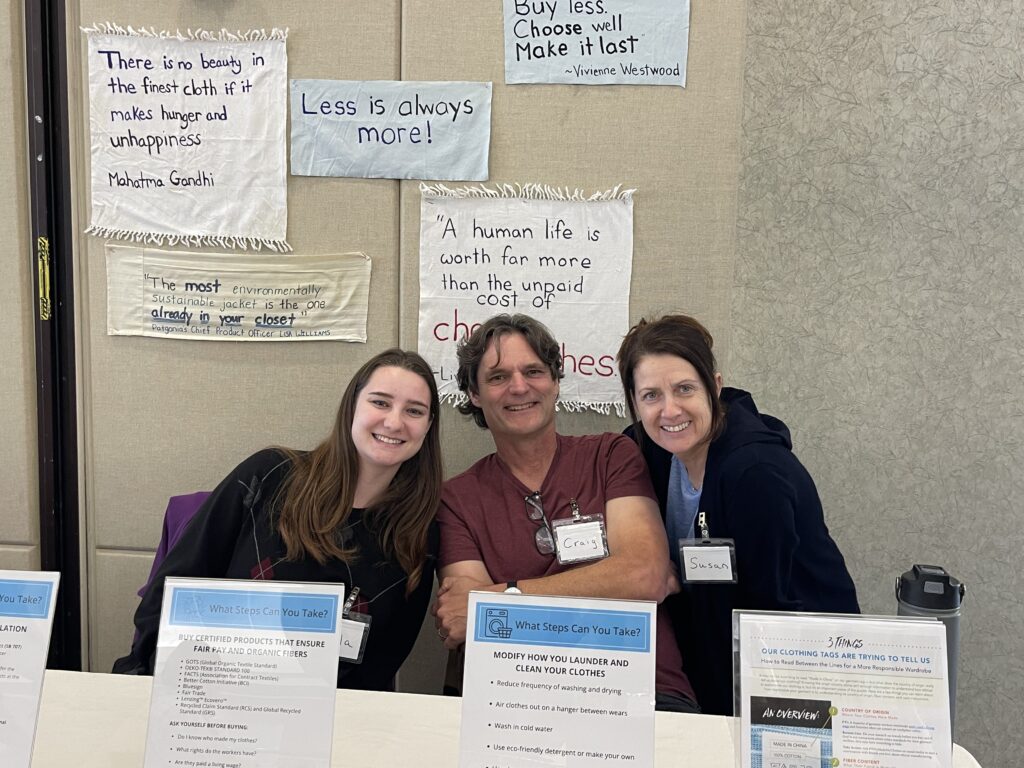Zero Waste Textile Expo 2025
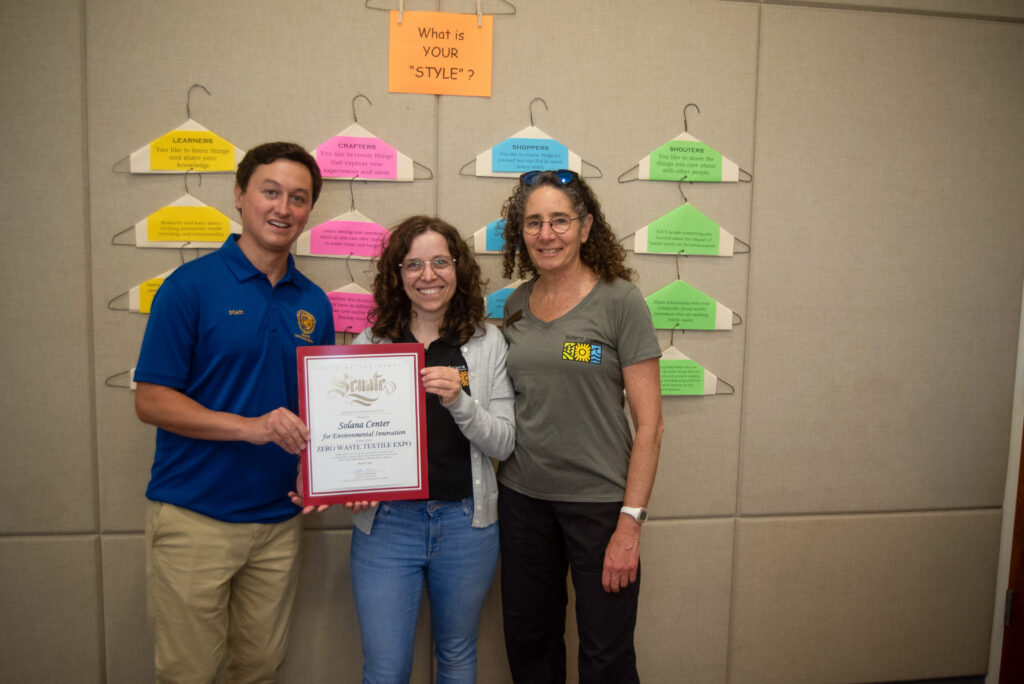
Watch our recap video here
The Zero Waste Textile Expo, hosted by Solana Center, brought together over 200 community members, dozens of passionate volunteers, and innovative local vendors.
This year’s event made a powerful impact. Solana Center collected an astounding 718 pounds of textiles, and thanks to the support from recycling and reuse partners, 99% of that material was diverted from the landfill. These efforts didn’t go unnoticed. California State Senator Catherine Blakespear’s office recognized Solana Center as a transformative community leader, applauding our efforts to create meaningful cultural change around textile consumption.
This free event educated the community about the impact of fast fashion, clothing, and textile waste and the urgent need to move towards more sustainable fashion models. We more than doubled the turnout from the same event last year. In addition, 31 volunteers assisted at the event itself, as well as 13 additional volunteers who assisted with the preparation and post-event activities.
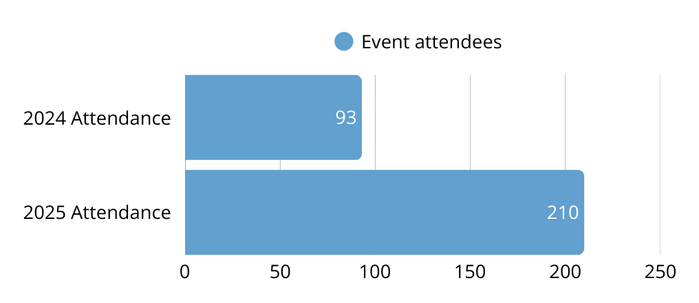
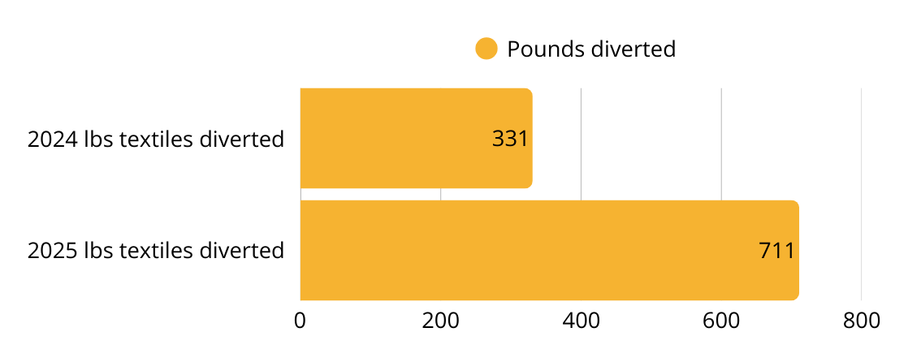
The event featured:
- Interactive educational displays about the environmental impact of natural vs synthetic fibers, environmental hazards, and landfilled textiles
- Clothing Swap
- San Diego Fix-It Clinic, with expert sewers to repair damaged clothing and textiles. The Fixit Clinic reported an increased demand for repairs at this year’s event. Their volunteer sewists stayed busy throughout the expo.
- Family-friendly crafting with Be Creative Zone
- A pledge station at the exit of the event, to encourage event attendees to reflect on future actions after learning at the event
10 local vendors selling their sustainable textile goods, and providing education on their process:
- CA Originals by Kathryn – Selling locally handmade clothing & accessories made from vintage, recycled, repurposed textiles.
- Custodians of the Sea – Apparel made from salvaged and sustainable fibers
- Be Creative Zone – Guiding the crafting zone with hands-on demonstrations of the process of making rugs from old socks.
- Best Coast Bags – Selling bags, napkins, potholders, and other textile housewares from old jeans, upcycled shirts, fabric scraps, etc.
- Goodwill Industries of San Diego County – Offering a DIY craft: make a reusable bag out of donated t-shirts along with education on Goodwill’s process for handling textiles and the importance of repurposing your textiles. They will also have small textile items for sale.
- Muxu Creations – Selling products that are made using only preexisting textiles: Patches made from reclaimed cotton with watercolor designs printed using water-based ink, zipper pouches crafted from swatches, art reproductions on reclaimed cotton, reworked denim jackets, start-to-finish jackets made from quilts, blankets, and other preexisting textiles.
- The Bountiful Bag – Upcycled merchandise made from San Diego plastic waste and excess textiles from the home decor industry and furniture showrooms.
- Algenesis Corporation – Showcasing BLUEVIEW plant-based and biodegradable footwear, with information on where attendees can purchase products.
- Kornelija Art – Selling upcycled, hand-painted clothes and clothing patches, as well as a patching station where event participants can bring in their old clothes and can either hand sew their own patches or request Kornelija to do so for them.
- Purrfashion – Handmade cat harnesses, cat collars, cat toys, and cat cushions, all upcycled from clothes and fabric scraps. All packaging is recyclable and leftover fabric scraps are used as stuffing for cat toys.
- Material Happiness – Textile and fiber art creative reuse store including a selection of mending supplies, patch bundles, and kits. They will also share educational materials about mending and upcycling.
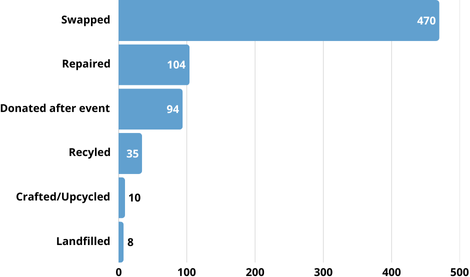
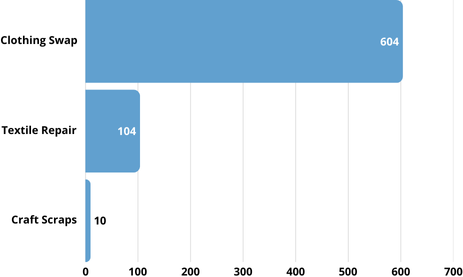
Why It Matters
- The average American throws away over 80 lbs of clothing annually
- 95% of worn/torn textiles can be recycled
- Only 15% is donated or recycled; the rest is landfilled
- Like food, landfilled textiles release methane
- Like plastics, we are sending our problem “away” to other countries
- Textile industry is resource intensive – using water, energy, raw materials
- Fast fashion is contributing to increased demand for new clothing – GHG footprint
- grew by 23% from 2000 to 2015
- Synthetics are toxic in waste streams and incineration
- < 1% of clothes are made with recycled material and many are made of plastic
- derivatives
The Zero Waste Textile Expo empowered our community with the knowledge and tools to make better fashion choices. By supporting sustainable brands, mending instead of discarding, and choosing quality over quantity, we can all help close the loop on textile waste.
